Data is the backbone of modern businesses. As organizations embrace digital transformation, the need for efficient data management becomes paramount. Lean about the anatomy of a data catalog, where assets, attributes, and relationships are the building blocks that help companies navigate the complex landscape of their data. In this article, we’ll dive deep into these components, unraveling their significance and how they work together to create a comprehensive data catalog. Get ready for an exciting journey into the heart of data management!
Data Catalog Components: Assets, Attributes, and Relationships
Defining a Data Catalog
A data catalog is an organized inventory of an organization’s data assets, designed to facilitate data discovery and management. It provides a comprehensive view of the data landscape, enabling users to find, understand, and use data for decision-making easily.
The Significance of Data Catalog Components
The core components of a data catalog include assets, attributes, and relationships. These elements play a crucial role in creating a well-structured, informative, and navigable data catalog, which in turn leads to efficient data management.
Assets
Assets represent the individual data elements within an organization. These can be anything from databases, tables, and files to reports, dashboards, and APIs. Data assets are the foundation of a data catalog and provide the building blocks for understanding and utilizing the data.
Attributes
Attributes provide detailed information about each asset. They include metadata, such as the asset’s name, description, data type, format, size, and other relevant details. Attributes help users quickly understand the contents of a data asset, enabling them to make informed decisions about its use.
Relationships
Relationships define the connections between assets and attributes. By mapping the relationships between data elements, a data catalog can provide a clear understanding of how different assets are related, and how they interact with one another. This information is invaluable for users looking to leverage data for analysis and decision-making.
The Anatomy of a Data Catalog
To better grasp the importance of data catalog components – assets, attributes, and relationships – let’s examine the structure of a typical data catalog.
Hierarchical Organization
A data catalog is organized hierarchically, with assets and attributes arranged in a tree-like structure. This organization makes it easy for users to navigate and discover data within the catalog.
Top-Level Assets
Top-level assets include databases, data lakes, and other large-scale data storage systems. These assets serve as the “roots” of the data catalog, from which other assets and attributes branch out.
Sub-Assets
Sub-assets are the individual data elements contained within top-level assets. Examples include tables, files, reports, and APIs. These elements are the “branches” of the data catalog, each with its own set of attributes.
Asset Attributes
Each asset is accompanied by a set of attributes that provide in-depth information about the asset’s contents. These attributes act as “leaves” on the branches of the data catalog, offering users valuable context about the data they’re working with.
Mapping Relationships
Relationships between assets and attributes are mapped within the data catalog, providing users with a visual representation of interconnected data elements. This information is essential for understanding how data assets can be leveraged for analysis and decision-making.
Creating a Data Catalog: Best Practices
Implementing a data catalog can be a complex endeavor. To ensure a successful outcome, it’s important to follow best practices when creating and maintaining your data catalog.
Consistent Naming Conventions
Establishing a consistent naming convention for assets and attributes is crucial for maintaining an organized and navigable data catalog. Clear and descriptive names help users quickly understand the purpose of a data asset or attribute, reducing the time spent searching for relevant data.
Standardized Metadata
In addition to consistent naming conventions, it’s important to standardize the metadata used to describe assets and attributes. This ensures that users can easily compare and understand the contents of different data elements, promoting efficient data discovery and usage.
Regular Updates
To keep your data catalog up-to-date and accurate, it’s essential to regularly update assets, attributes, and relationships as new data is added or existing data is modified. Regular updates ensure that your data catalog remains a reliable and accurate resource for your organization.
Data Catalog Components: Assets, Attributes, and Relationships – FAQs
- What are the main benefits of using a data catalog?
A data catalog offers numerous benefits, including improved data discovery, better understanding of data assets, and enhanced collaboration between team members. By organizing and presenting data assets, attributes, and relationships in a clear, navigable format, a data catalog empowers users to make data-driven decisions with greater efficiency and confidence.
- How do data catalogs contribute to data governance?
Data catalogs play a critical role in data governance by providing a centralized and organized inventory of an organization’s data assets. This allows for better tracking, management, and control of data, ensuring that it is used in compliance with regulatory requirements, industry standards, and organizational policies.
- Are data catalogs suitable for organizations of all sizes?
Yes, data catalogs can be beneficial for organizations of all sizes. Regardless of the size of your organization, having a data catalog can help you manage your data assets more effectively, streamline data discovery, and promote a data-driven culture within your organization.
- Can a data catalog integrate with other data management tools?
Absolutely. Many data catalogs can be easily integrated with other data management tools, such as ETL platforms, data warehouses, and business intelligence solutions. This integration helps create a seamless data management ecosystem, enabling users to move from data discovery to analysis and reporting efficiently.
- What are some popular data catalog solutions available in the market?
Several well-known data catalog solutions include Alation, Collibra, Informatica Enterprise Data Catalog, and IBM Watson Knowledge Catalog. These solutions offer a range of features and capabilities to help organizations effectively manage their data catalog components – assets, attributes, and relationships.
- How can I ensure that my data catalog remains accurate and up-to-date?
Regular updates are crucial for maintaining an accurate and reliable data catalog. Establish processes for updating assets, attributes, and relationships as new data is added or existing data is modified. Additionally, consider implementing automated tools or solutions that can help keep your data catalog current and consistent.
Conclusion
Understanding the importance of data catalog components – assets, attributes, and relationships – is the first step towards creating an effective and efficient data catalog. By implementing best practices and leveraging these components, your organization can streamline data discovery, enhance collaboration, and promote a data-driven culture that leads to better decision-making and improved business outcomes.







Leave a Reply